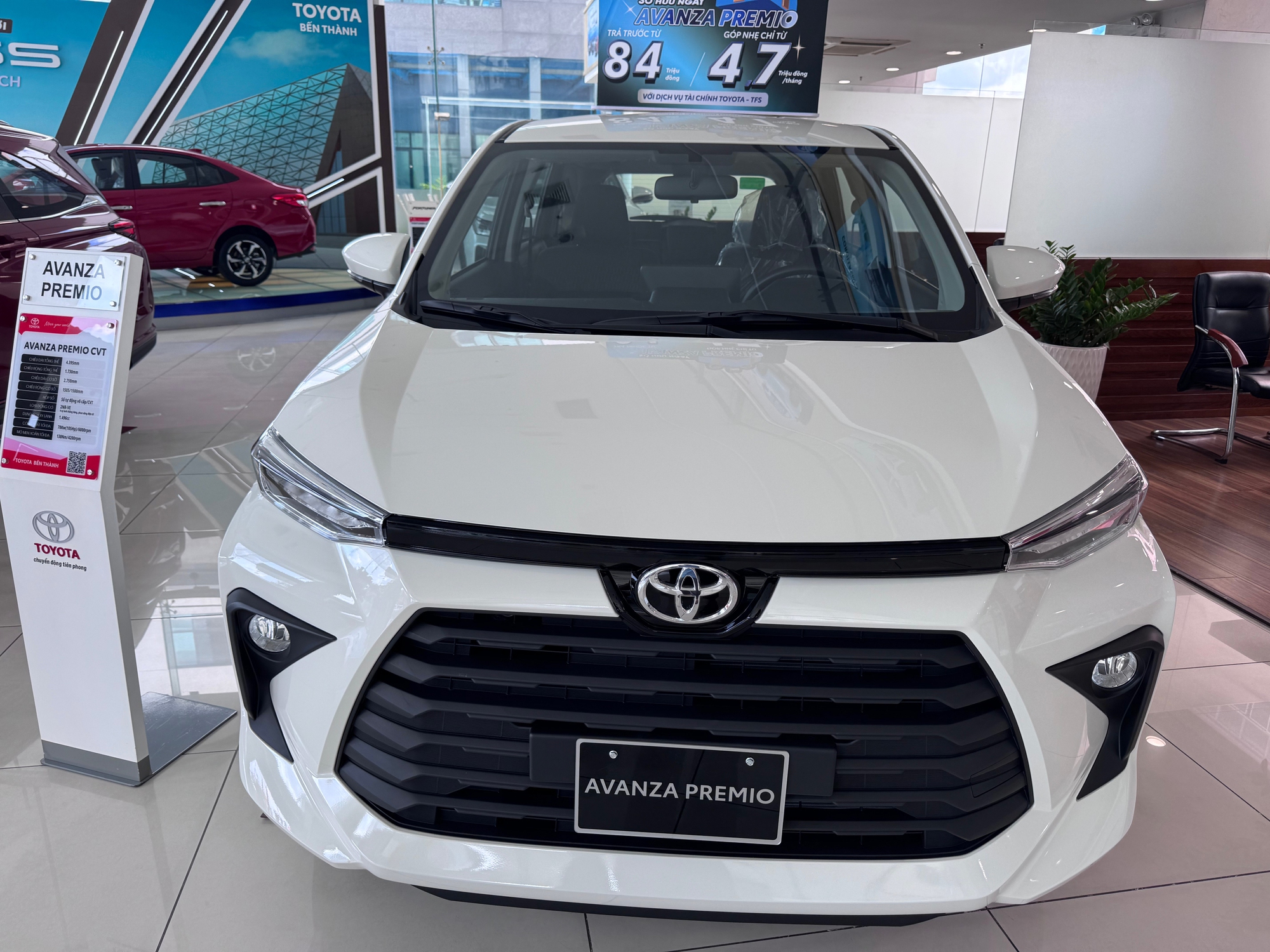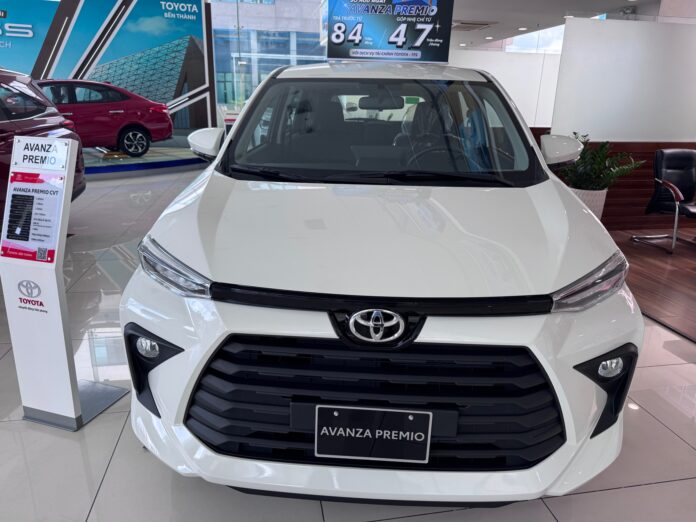There exists a perplexing paradox in the Vietnamese automotive market: While import prices from major markets such as Indonesia, Thailand, and China have significantly dropped, retail prices in Vietnam have remained largely unchanged, with some models even experiencing a slight increase.
Domestic prices remain stagnant
According to data from the General Department of Vietnam Customs, in the first four months of 2025, Vietnam imported 63,520 completely built-up (CBU) vehicles with a total turnover of 1.4 billion USD. Indonesia, Thailand, and China were the top three markets, accounting for more than 90% of the total imports, with over 24,000, 22,000, and 12,000 vehicles, respectively.
The average import price of popular car models from ASEAN countries is currently around 14,000 USD per unit, equivalent to 330 million VND, a decrease of 4,000-5,000 USD from previous years. Some models even have import prices as low as 10,000 USD, or about 250 million VND. However, by the time these vehicles reach Vietnamese consumers, their selling price often exceeds 600 million VND.
Imported cars from ASEAN countries enjoy a 0% tariff thanks to the commitment of the ASEAN Free Trade Area (AFTA). The special consumption tax for small-displacement vehicles is approximately 35%, and transportation costs are less than 100 USD per car. Considering all expenses and profits, a reasonable selling price to consumers should be around 450 million VND. However, the actual price is often higher by 100-150 million VND.
Mr. Dao Khai Ngoc, owner of a car showroom in Thu Duc City, Ho Chi Minh City, shared that car manufacturers usually announce the price at the time of product launch and maintain it throughout the distribution cycle, regardless of import price fluctuations. For instance, the Suzuki XL7 has retained its selling price of 600 million VND for two years, while the Mitsubishi Xpander ranges from 600 to 700 million VND, despite their Indonesian factory prices being only about 11,000-12,000 USD (less than 350 million VND). The Toyota Avanza, with a production cost of approximately 9,000 USD (around 230 million VND), is priced at 560 million VND in Vietnam.
According to Ms. Nguyen Thi Hien, Director of the Hien Auto Showroom chain in Ho Chi Minh City, manufacturers are reluctant to adjust listed prices due to the risk of market recovery requiring price increases. Instead, they opt for indirect price reductions through promotional programs to optimize revenue at different times.

The Toyota Avanza is sold in Vietnam at almost double its factory price in Indonesia.
Consumers bear the brunt
Explaining the continuous price reduction in Indonesia and Thailand, Ms. Hien attributed it to their large-scale production, well-developed domestic supply chains, and depreciated investment costs. Additionally, facing declining global consumption trends, manufacturers are compelled to cut export prices to maintain production volume, especially for mass-market car models.
Automotive expert Nguyen Minh Dong asserted that the Vietnamese car market severely lacks competition, resulting in selling prices that are 100-200 million VND higher than in the region, even though manufacturers still profit. “The distributors’ profit margin, currently ranging from 21% to 27% of the vehicle’s value, is unacceptably high,” he remarked.
Another factor is that these models are among the best-selling and most favored by consumers. Their strong sales performance diminishes the incentive for distributors to adjust prices. Only when purchasing power plummets, which hasn’t occurred with models like the Xpander, XL7, or Avanza, do car prices decrease.
ThS Tran Anh Tung, a lecturer at the University of Economics and Finance in Ho Chi Minh City, opined that manufacturers might be maximizing profits by maintaining prices to compensate for other costs. With stable market demand, they don’t need to resort to price reductions to stimulate demand. Consequently, consumers bear the brunt and pay higher prices.
Moreover, the lack of transparency in car price structures makes it challenging for consumers to grasp the actual value. Businesses often fail to disclose import prices, expenses, and gross profits clearly. Additionally, similar pricing among manufacturers limits consumers’ options, making it easier to “anchor” prices.
According to expert Nguyen Minh Dong, the market needs to be more open, allowing qualified organizations and individuals to import vehicles to increase competition. Additionally, there should be regulations limiting the profit margin after taxes, with a maximum allowable difference between selling and import prices of 20%-25%.
Risk of being overtaken by electric vehicles
Associate Professor Dr. Do Van Dung from Ho Chi Minh City University of Technical Education warned that if gasoline vehicle prices remain high, consumers will gradually shift to electric vehicles, which benefit from tax incentives and increasingly competitive prices.
Amid declining import prices, the stagnation of domestic retail prices has created an unacceptable paradox. Consumers are missing out on the benefits of the global downward price trend. Without appropriate regulatory interventions, traditional automobiles in Vietnam risk being overtaken by electric vehicles, which offer reasonable prices and increasingly appealing technology.
The Art of the Property Deal: When “No Sale” Means a Price Hike
The trend of raising prices and selling more when the market is good has caught on in the southern market. This strategy has been increasingly employed by businesses in the region, who are quick to seize the opportunity to capitalize on favorable market conditions.



















![[On Seat 05] BYD: Global Leader, Local Opportunities?](https://xe.today/wp-content/uploads/2024/08/v-quote-te-1-100x70.jpg)